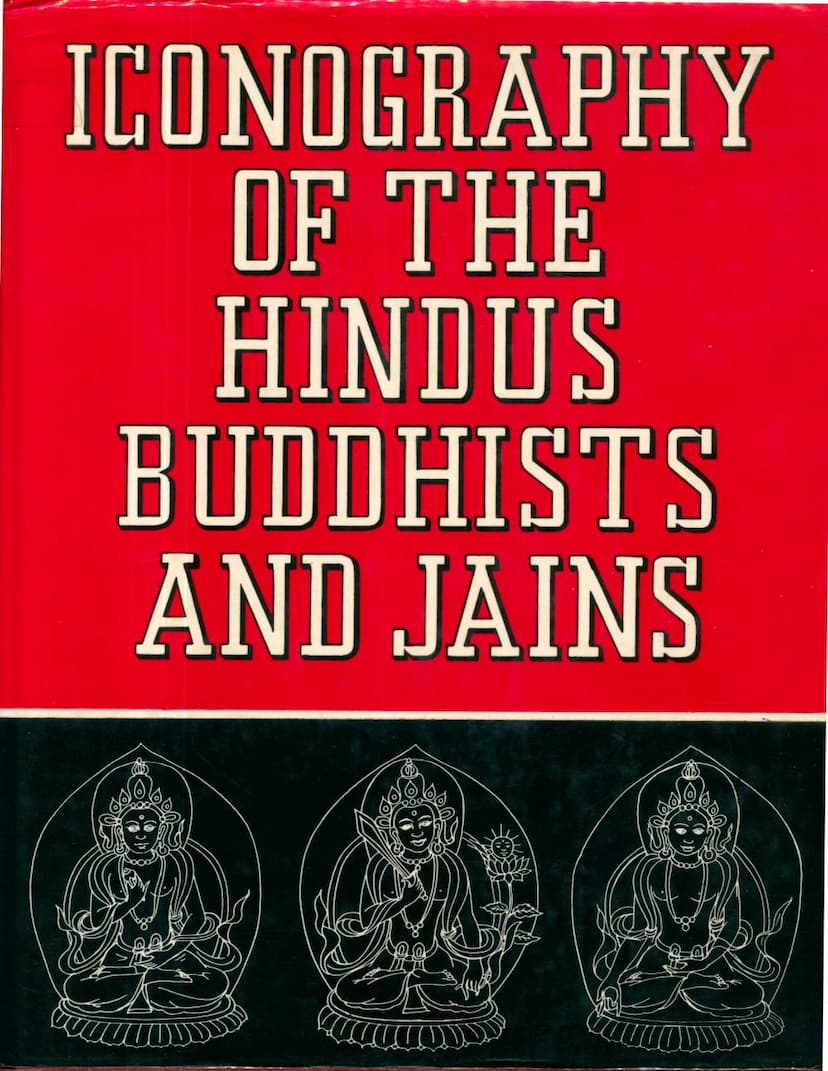Iconography Of Hindus Buddhist And Jains
Added to library: September 1, 2025

Summary
This comprehensive book, "Iconography of the Hindus, Buddhists and Jains" by R. S. Gupte, is a significant contribution to the study of Indian religious art and culture. Published by D. B. Taraporevala Sons and Co. Pvt Ltd, it aims to be the first single-volume resource that covers the iconography of all three major religions of India, addressing a notable gap in English-language scholarship on the subject.
The author, R. S. Gupte, a recognized authority in the field and Professor and Head of the Department of History and Ancient Indian Culture at Marathwada University, has developed a unique approach to facilitate the identification of deities. The book presents required information in tabular formats, detailing the number of heads and hands, symbols, vehicles, and other relevant attributes of gods and goddesses. Variations in ancient texts are also included when significant.
The content is structured to provide general introductory information on major Hindu deities (Brahma, Vishnu, Siva, Skanda, Ganesa, etc.), their various forms, and minor deities like the Dikpalas. It also covers the goddesses, Buddhist figures such as Buddhas and Bodhisattvas (including Dhyani Buddhas, Mortal Buddhas, and prominent Bodhisattvas like Maitreya, Avalokitesvara, and Manjusri), their Saktis and emanations, and minor Buddhist images. The Jain section focuses on the Tirthankaras, Bahubali, Parsvanatha, and other figures like Yakshas and Yakshinis.
To further aid in identification and enhance reader interest, the book is richly illustrated with 202 line drawings and 201 half-tone illustrations, featuring sculptures from temples and bronze icons. These illustrations depict asanas (postures), mudras (hand gestures), objects held, crowns, and various divinities. A detailed fifteen-page index is also provided.
The preface highlights the book's necessity, acknowledging the complexity of Indian mythology and iconography for both Indian and foreign readers. It explains the symbolic meaning behind the multiple heads and limbs often seen in Indian deities, relating them to concepts of divine power and wisdom. The author credits the publisher, Dr. Rustam J. Mehta, for inspiring the tabular approach.
The book's structure includes sections on:
- Technical Terms and Symbols: Explaining mudras, asanas, objects held in hands, crowns, vehicles, and the Tāla system of measurement.
- Hindu Iconography: Detailing major deities like Brahma, Vishnu (including his incarnations), Siva (in various forms like Anugraha-Murtis, Samhara-Murtis, Nritta-Murtis), Skanda, Ganesa, Dikpalas, and goddesses. Extensive iconographical tables are provided for easy reference.
- Buddhist Iconography: Covering Buddha sculptures, Dhyani Buddhas, Manushi Buddhas, Bodhisattvas (major and minor), Buddha Saktis, and other minor Buddhist deities. Iconographical tables for these figures are also included.
- Jain Iconography: Focusing on the Tirthankaras, Bahubali, Parsvanatha, Yakshas, Yakshinis, Sruta-devi, Vidya-devis, and Hindu deities incorporated into the Jain pantheon. Tables summarize this information.
The foreword by R. P. Nath, Vice-Chancellor of Marathwada University, praises the book for bridging a gap in understanding Indian religious icons and commends Dr. Gupte's lucid exposition and comprehensive treatment of the subject.
In essence, "Iconography of the Hindus, Buddhists and Jains" is presented as an essential reference for anyone seeking to understand Indian mythology, art, and culture, offering a systematic and visually rich guide to the identification of religious figures across these three major Indian traditions.